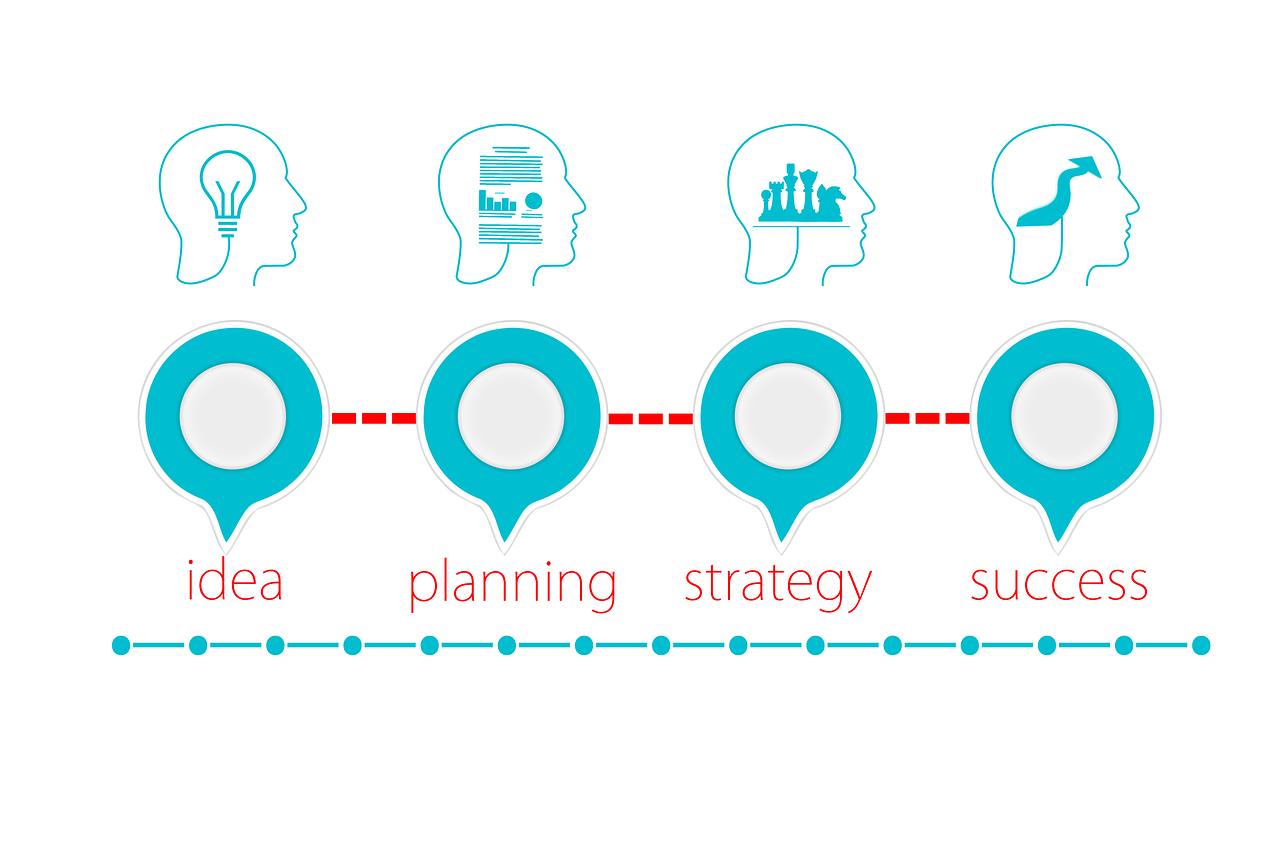While CAPTCHA is a widely used tool to prevent automated bots from submitting forms, it is not foolproof, and some spam may still manage to get through. There are several reasons why you might still receive spam despite using CAPTCHA:
- OCR Technology: Optical Character Recognition (OCR) technology has become more sophisticated, allowing bots to read and solve certain types of CAPTCHAs.
- Human CAPTCHA Solvers: Some spammers use services where real humans solve CAPTCHAs for a fee. This method bypasses automated filters.
- Advanced Bots: Some spam bots are designed to mimic human behavior more effectively, making them capable of bypassing traditional CAPTCHA challenges.
- Accessibility Features: Websites often provide alternative accessibility features, such as audio CAPTCHAs, which can be exploited by spammers.
To enhance your defense against spam, you might consider implementing additional measures:
- Use Advanced CAPTCHA Solutions: Consider using more advanced and complex CAPTCHA solutions that are harder for bots to solve.
- Implement Honeypots: Include hidden form fields (honeypots) that are invisible to users but can be detected by bots. Legitimate users will leave these fields blank, while bots may fill them out.
- Use IP Blocking: Monitor and block IP addresses associated with suspicious or frequent spam submissions.
- Implement Rate Limiting: Set limits on the number of form submissions from a single IP address within a specific time frame to prevent spam attacks.
- Regularly Update Security Measures: Keep your website software, plugins, and security features up to date to benefit from the latest security enhancements.
By combining multiple security measures, you can create a more robust defense against spam submissions through contact forms on your website.












